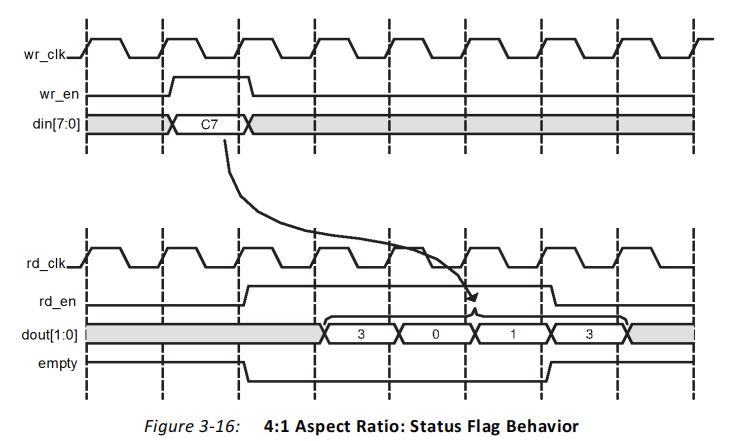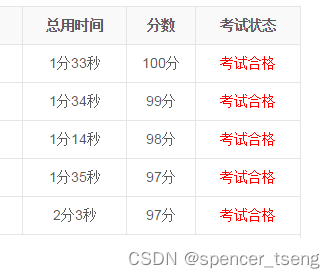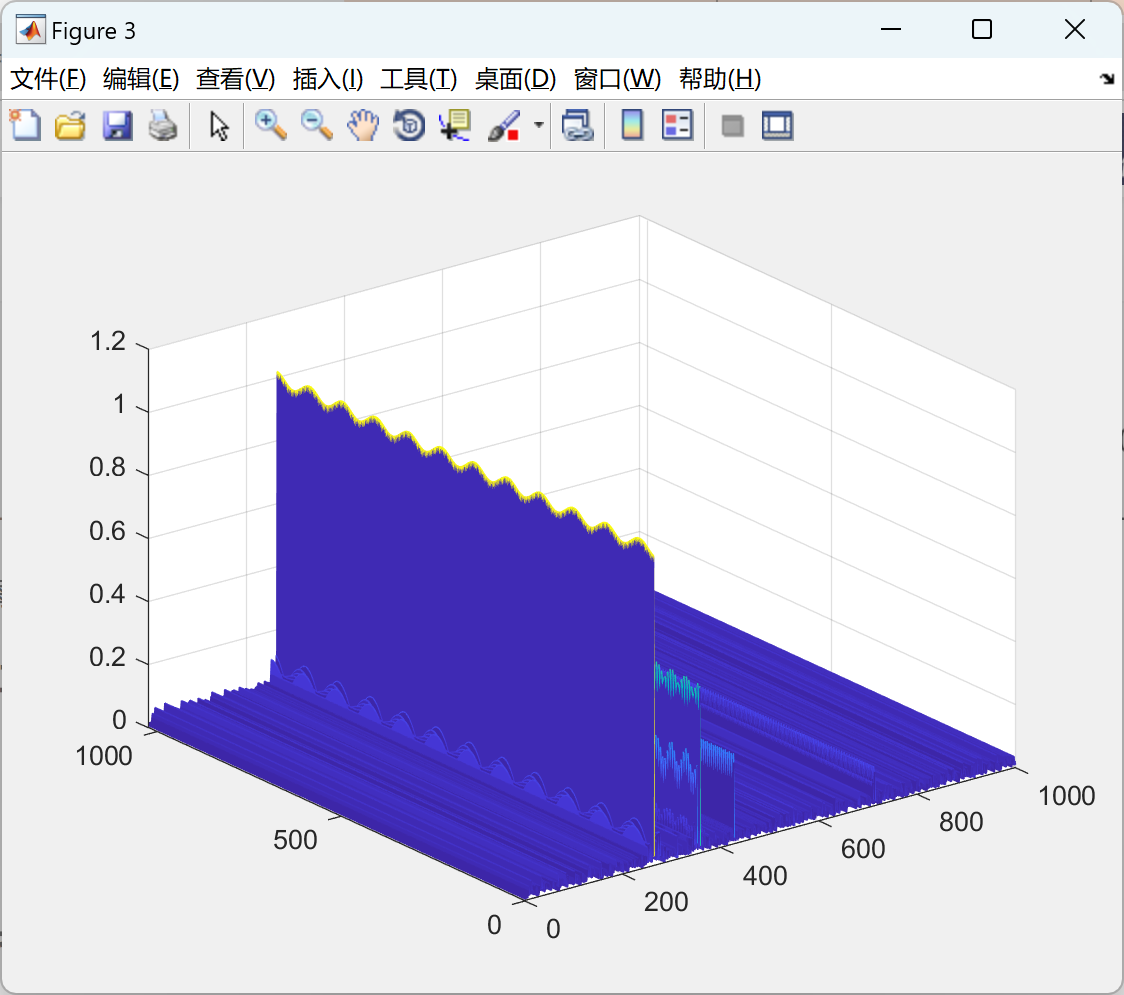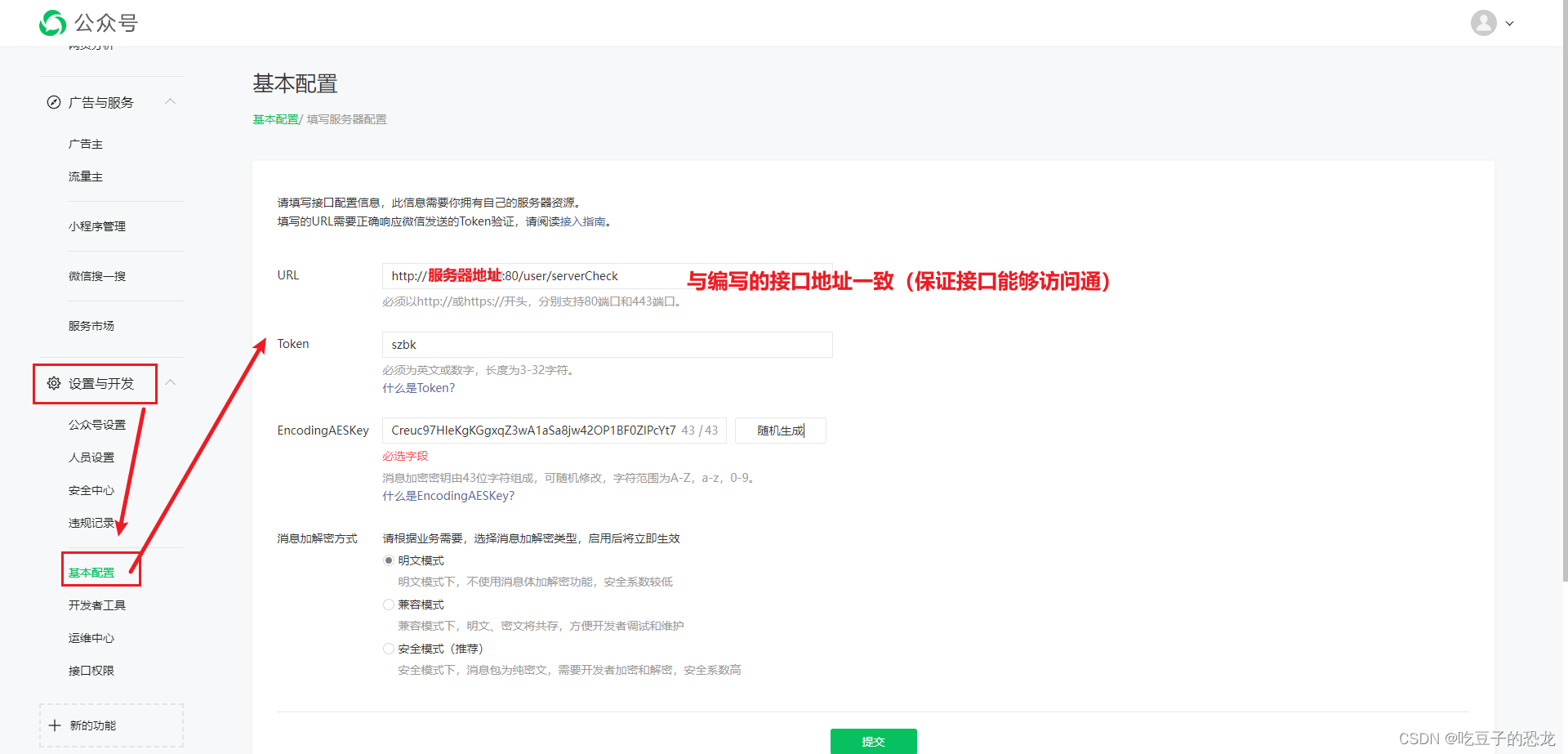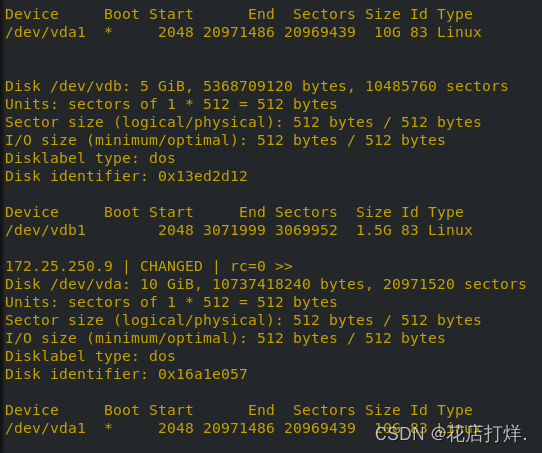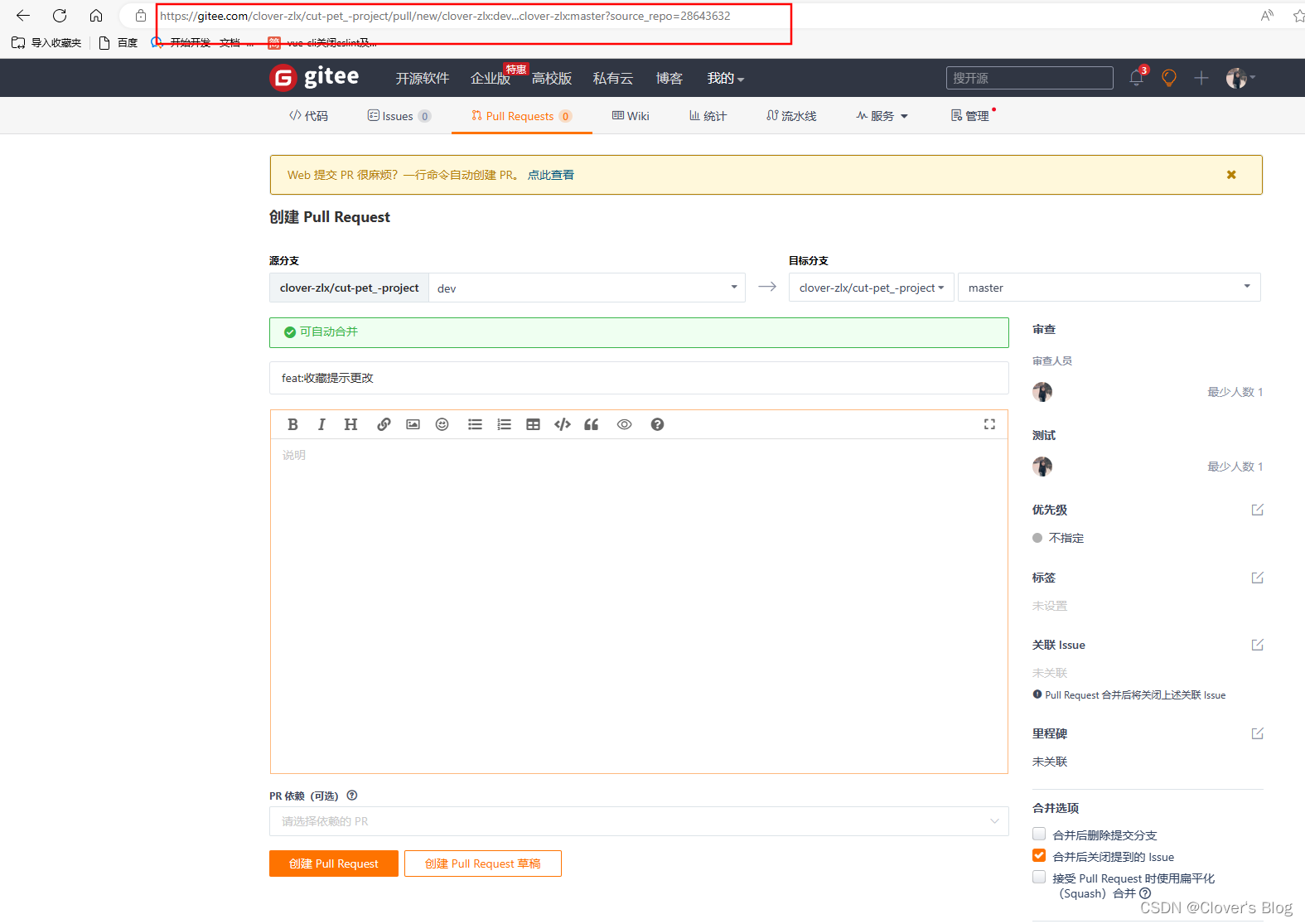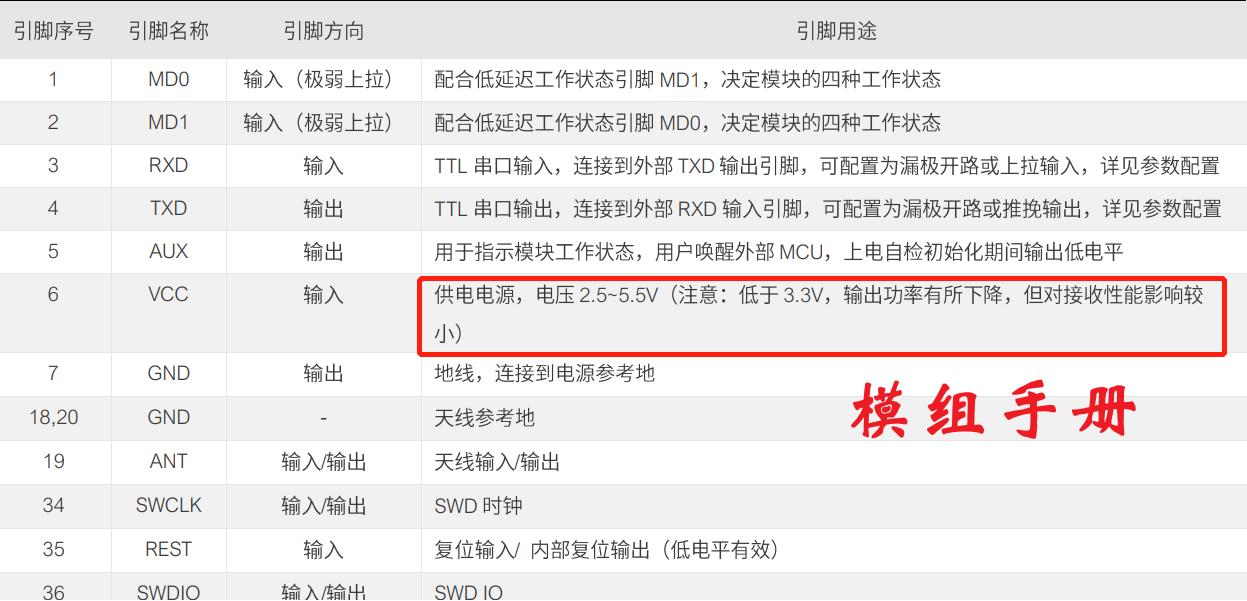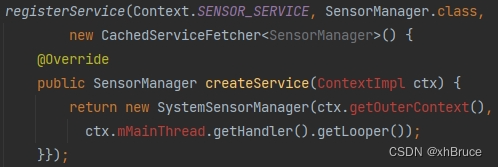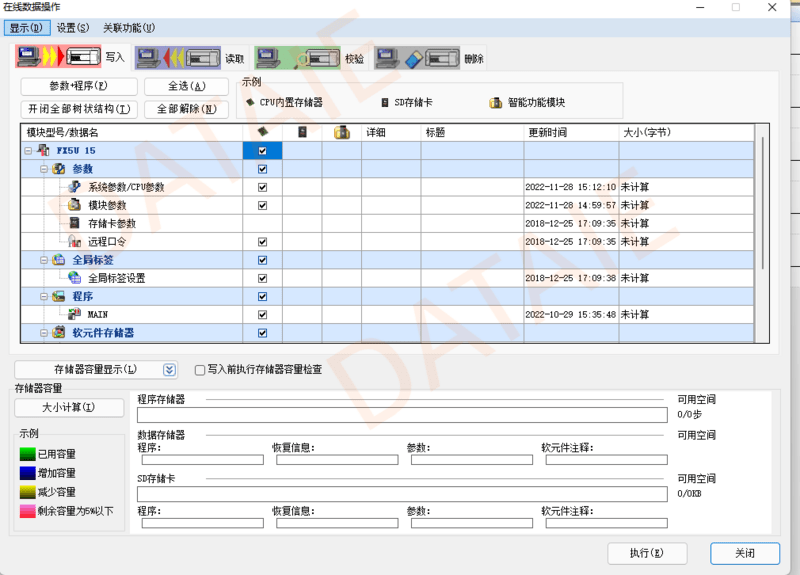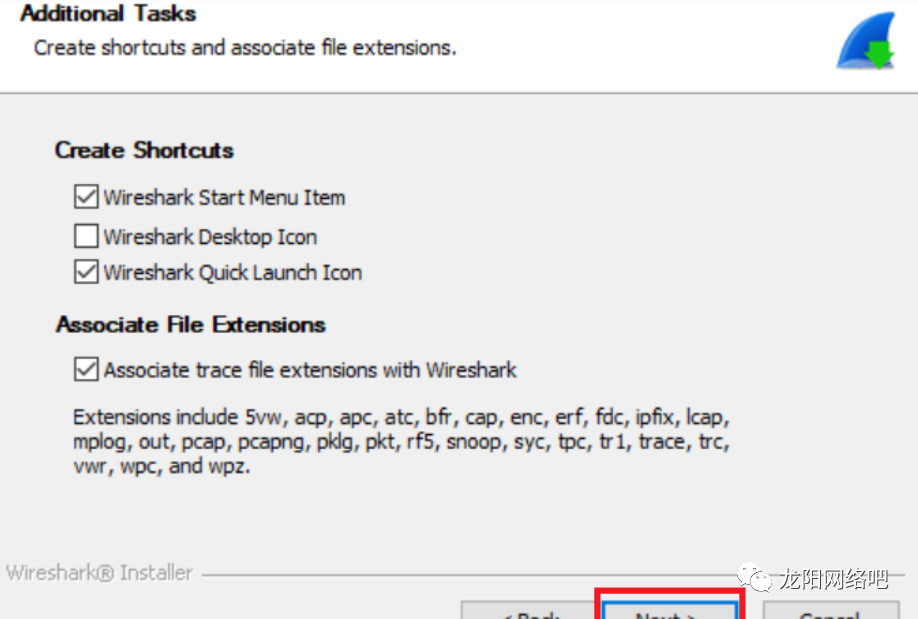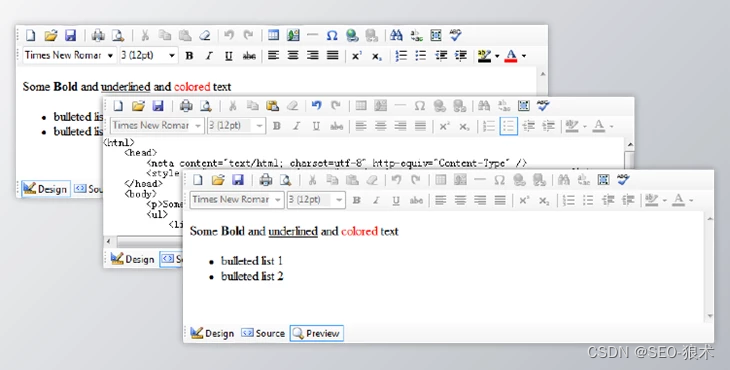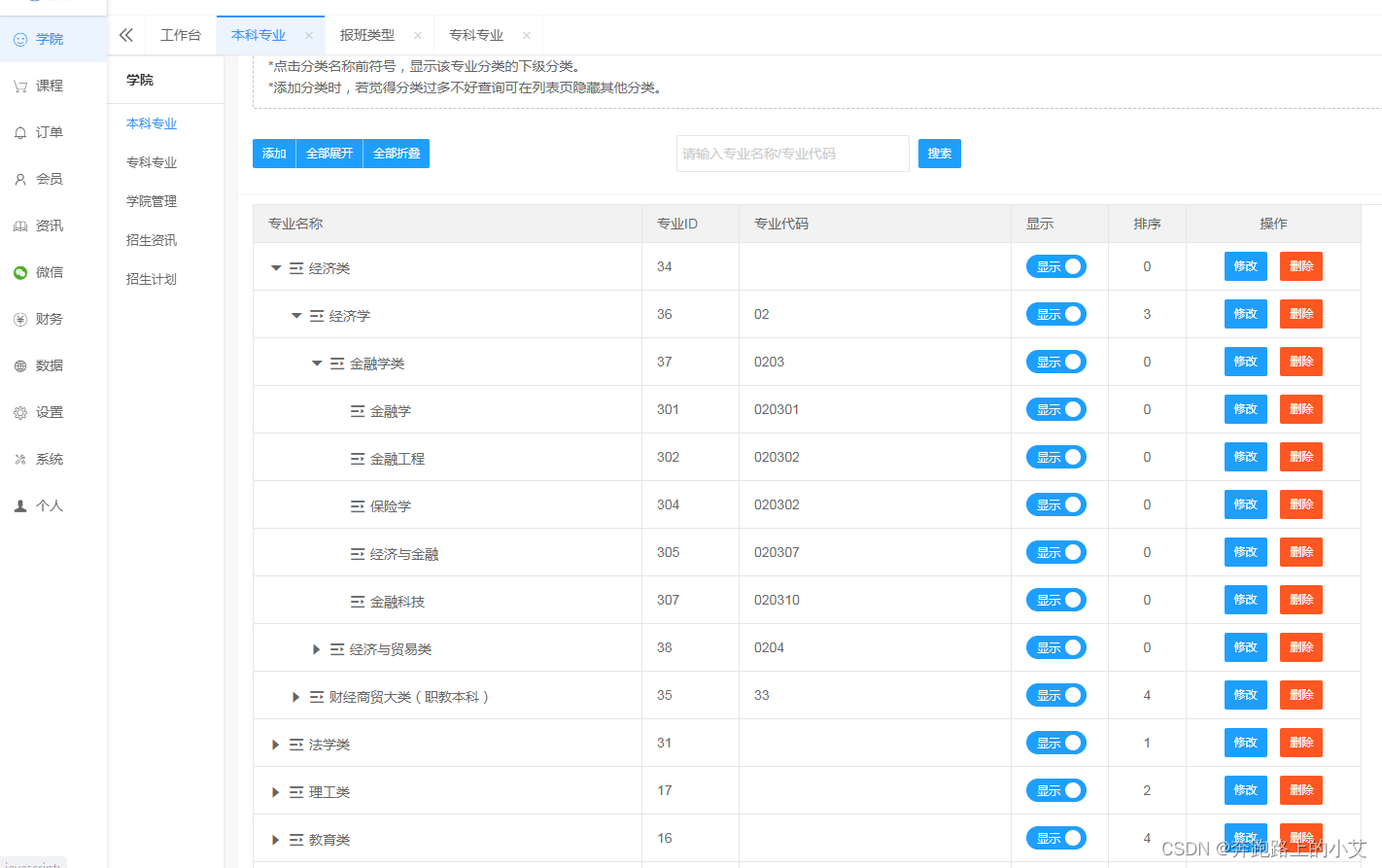Java 实现 国密SM4/ECB/PKCS7Padding对称加密解密,为了演示方便本问使用的是IntelliJ IDEA 2022.1 (Community Edition)来构建代码的
1、pom.xml文件添加需要的jar
<?xml version="1.0" encoding="UTF-8"?>
<project xmlns="http://maven.apache.org/POM/4.0.0"
xmlns:xsi="http://www.w3.org/2001/XMLSchema-instance"
xsi:schemaLocation="http://maven.apache.org/POM/4.0.0 http://maven.apache.org/xsd/maven-4.0.0.xsd">
<modelVersion>4.0.0</modelVersion>
<groupId>org.example</groupId>
<artifactId>SM345</artifactId>
<version>1.0-SNAPSHOT</version>
<properties>
<maven.compiler.source>8</maven.compiler.source>
<maven.compiler.target>8</maven.compiler.target>
</properties>
<dependencies>
<!--sm3,sm4加密算法-->
<dependency>
<groupId>org.bouncycastle</groupId>
<artifactId>bcprov-jdk15on</artifactId>
<version>1.66</version>
</dependency>
</dependencies>
</project>2、java代码
import java.nio.charset.StandardCharsets;
import java.security.Key;
import java.security.NoSuchAlgorithmException;
import java.security.NoSuchProviderException;
import java.security.SecureRandom;
import java.security.Security;
import java.util.Arrays;
import javax.crypto.Cipher;
import javax.crypto.KeyGenerator;
import javax.crypto.spec.SecretKeySpec;
import org.bouncycastle.jce.provider.BouncyCastleProvider;
import org.bouncycastle.pqc.math.linearalgebra.ByteUtils;
import org.apache.commons.codec.binary.Base64;
/**
* sm4加密算法工具类
*
* @author Marydon
* @version 1.0
* @explain sm4加密、解密与加密结果验证
* 可逆算法
* @creationTime 2018年7月6日上午11:46:59
* @email marydon20170307@163.com
* @since
*/
public class Sm4Util {
static {
Security.addProvider(new BouncyCastleProvider());
}
private static final String ENCODING = "UTF-8";
public static final String ALGORITHM_NAME = "SM4";
// 加密算法/分组加密模式/分组填充方式
// PKCS5Padding-以8个字节为一组进行分组加密
// 定义分组加密模式使用:PKCS5Padding
public static final String ALGORITHM_NAME_ECB_PADDING7 = "SM4/ECB/PKCS5Padding";
public static final String ALGORITHM_NAME_ECB_PADDING = "SM4/ECB/PKCS7Padding";
// 64-16位16进制;128-32位16进制;256-64位16进制
public static final int DEFAULT_KEY_SIZE = 128;
/**
* 生成ECB暗号
*
* @param algorithmName 算法名称
* @param mode 模式
* @param key
* @return
* @throws Exception
* @explain ECB模式(电子密码本模式:Electronic codebook)
*/
private static Cipher generateEcbCipher(String algorithmName, int mode, byte[] key) throws Exception {
Cipher cipher = Cipher.getInstance(algorithmName, BouncyCastleProvider.PROVIDER_NAME);
Key sm4Key = new SecretKeySpec(key, ALGORITHM_NAME);
cipher.init(mode, sm4Key);
return cipher;
}
// 产生密钥
/**
* 自动生成密钥
*
* @return
* @throws NoSuchAlgorithmException
* @throws NoSuchProviderException
* @explain
*/
public static byte[] generateKey() throws Exception {
return generateKey(DEFAULT_KEY_SIZE);
}
/**
* @param keySize
* @return
* @throws Exception
* @explain
*/
public static byte[] generateKey(int keySize) throws Exception {
KeyGenerator kg = KeyGenerator.getInstance(ALGORITHM_NAME, BouncyCastleProvider.PROVIDER_NAME);
kg.init(keySize, new SecureRandom());
return kg.generateKey().getEncoded();
}
/**
* sm4加密
*
* @param hexKey 16进制密钥(忽略大小写)
* @param paramStr 待加密字符串
* @return 返回16进制的加密字符串
* @throws Exception
* @explain 加密模式:ECB
* 密文长度不固定,会随着被加密字符串长度的变化而变化
*/
public static String encryptEcb(String hexKey, String paramStr) throws Exception {
String cipherText = "";
// 16进制字符串-->byte[]
//byte[] keyData = ByteUtils.fromHexString(hexKey);
byte[] keyData = hexKey.getBytes(ENCODING);
// String-->byte[]
byte[] srcData = paramStr.getBytes(ENCODING);
// 加密后的数组
byte[] cipherArray = encrypt_Ecb_Padding(keyData, srcData);
// byte[]-->hexString
//cipherText = ByteUtils.toHexString(cipherArray);
cipherText = Base64.encodeBase64String(cipherArray);
return cipherText;
}
/**
* 加密模式之Ecb
*
* @param key
* @param data
* @return
* @throws Exception
* @explain
*/
public static byte[] encrypt_Ecb_Padding(byte[] key, byte[] data) throws Exception {
Cipher cipher = generateEcbCipher(ALGORITHM_NAME_ECB_PADDING, Cipher.ENCRYPT_MODE, key);
return cipher.doFinal(data);
}
/**
* sm4解密
*
* @param hexKey 16进制密钥
* @param cipherText 16进制的加密字符串(忽略大小写)
* @return 解密后的字符串
* @throws Exception
* @explain 解密模式:采用ECB
*/
public static String decryptEcb(String hexKey, String cipherText) throws Exception {
// 用于接收解密后的字符串
String decryptStr = "";
// hexString-->byte[]
//byte[] keyData = ByteUtils.fromHexString(hexKey);
byte[] keyData = hexKey.getBytes(ENCODING);
// hexString-->byte[]
//byte[] cipherData = ByteUtils.fromHexString(cipherText);
byte[] cipherData =Base64.decodeBase64(cipherText);
// 解密
byte[] srcData = decrypt_Ecb_Padding(keyData, cipherData);
// byte[]-->String
decryptStr = new String(srcData, ENCODING);
return decryptStr;
}
/**
* 解密
*
* @param key
* @param cipherText
* @return
* @throws Exception
* @explain
*/
public static byte[] decrypt_Ecb_Padding(byte[] key, byte[] cipherText) throws Exception {
Cipher cipher = generateEcbCipher(ALGORITHM_NAME_ECB_PADDING, Cipher.DECRYPT_MODE, key);
return cipher.doFinal(cipherText);
}
/**
* 校验加密前后的字符串是否为同一数据
*
* @param hexKey 16进制密钥(忽略大小写)
* @param cipherText 16进制加密后的字符串
* @param paramStr 加密前的字符串
* @return 是否为同一数据
* @throws Exception
* @explain
*/
public static boolean verifyEcb(String hexKey, String cipherText, String paramStr) throws Exception {
// 用于接收校验结果
boolean flag = false;
// hexString-->byte[]
//byte[] keyData = ByteUtils.fromHexString(hexKey);
byte[] keyData = hexKey.getBytes(ENCODING);
// 将16进制字符串转换成数组
//byte[] cipherData = ByteUtils.fromHexString(cipherText);
byte[] cipherData = Base64.decodeBase64(cipherText);
// 解密
byte[] decryptData = decrypt_Ecb_Padding(keyData, cipherData);
// 将原字符串转换成byte[]
byte[] srcData = paramStr.getBytes(ENCODING);
// 判断2个数组是否一致
flag = Arrays.equals(decryptData, srcData);
return flag;
}
}
3、本文用到了一个Base64的jar加包commons-codec-1.16.0.jar,import org.apache.commons.codec.binary.Base64;需要下载添加引用即可
选择 文件 项目结构 项目设置 库 点击最右边的+ 选择 下载的commons-codec-1.16.0.jar加包即可。
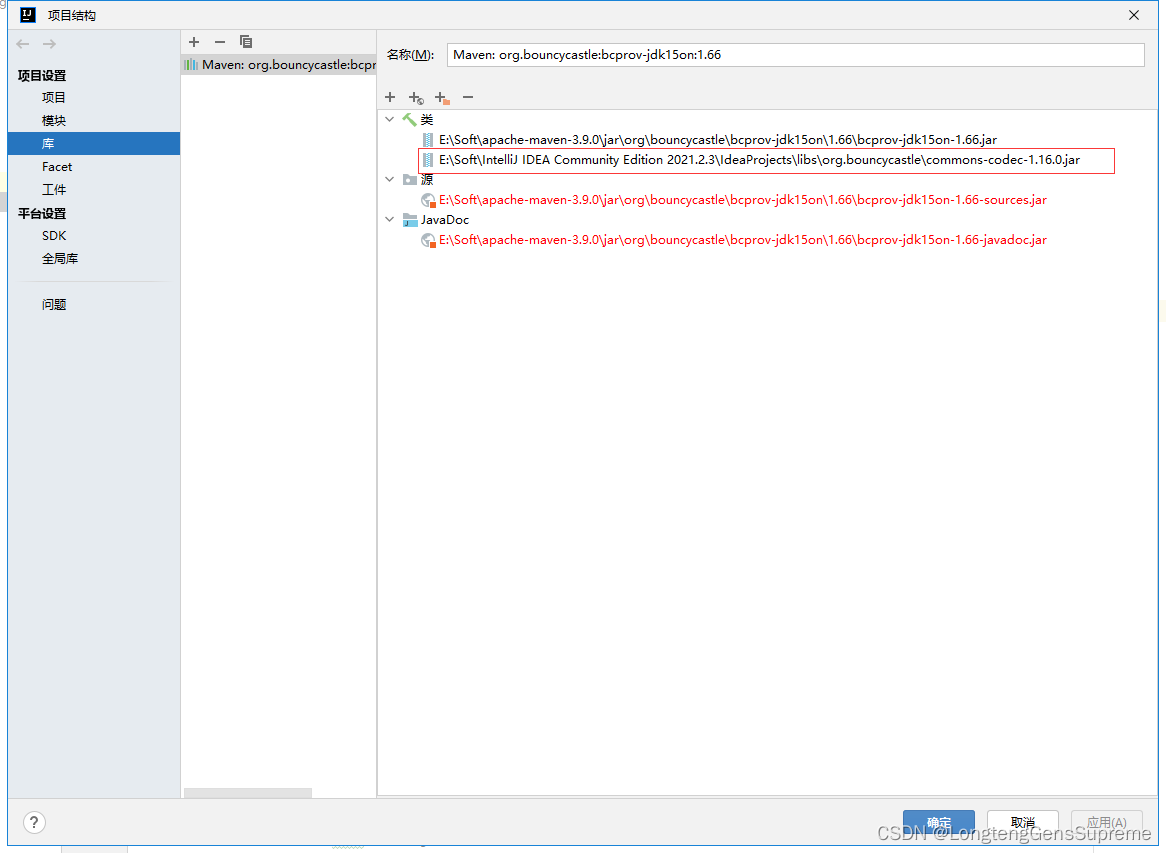
4、使用代码
import java.security.Key;
import java.security.NoSuchAlgorithmException;
import java.security.NoSuchProviderException;
import java.security.SecureRandom;
import java.security.Security;
import java.util.Arrays;
import javax.crypto.Cipher;
import javax.crypto.KeyGenerator;
import javax.crypto.spec.SecretKeySpec;
import org.bouncycastle.jce.provider.BouncyCastleProvider;
import org.bouncycastle.pqc.math.linearalgebra.ByteUtils;
//import org.apache.commons.codec.binary.Hex;
//import org.apache.commons.codec.binary.Base64;
public class Longteng {
public static void main(String[] args) {
try {
String json = "{\"name\":\"Marydon\",\"website\":\"http://www.cnblogs.com/Marydon20170307\"}";
json = "1234567890abcdefghijklmnopqrstuvwxyz";
System.out.println("国密SM4加密解密:");
// 自定义的32位16进制密钥
// String key = "86C63180C2806ED1F47B859DE501215B";
String key = "1234567890123456";
String cipher = Sm4Util.encryptEcb(key, json);
System.out.println("国密SM4加密解密:\r\n密钥:" + key + " \n加密内容:" + json + " \n加密后v" + cipher);
//System.out.println(cipher);
//比对加密解密信息
System.out.println(Sm4Util.verifyEcb(key, cipher, json));// true
json = Sm4Util.decryptEcb(key, cipher);
System.out.println("国密SM4加密解密:\n密钥:" + key + " \n加密内容:" + cipher + " \n解密后:" + json);
//System.out.println(json);
} catch (Exception e) {
e.printStackTrace();
}
}
}
